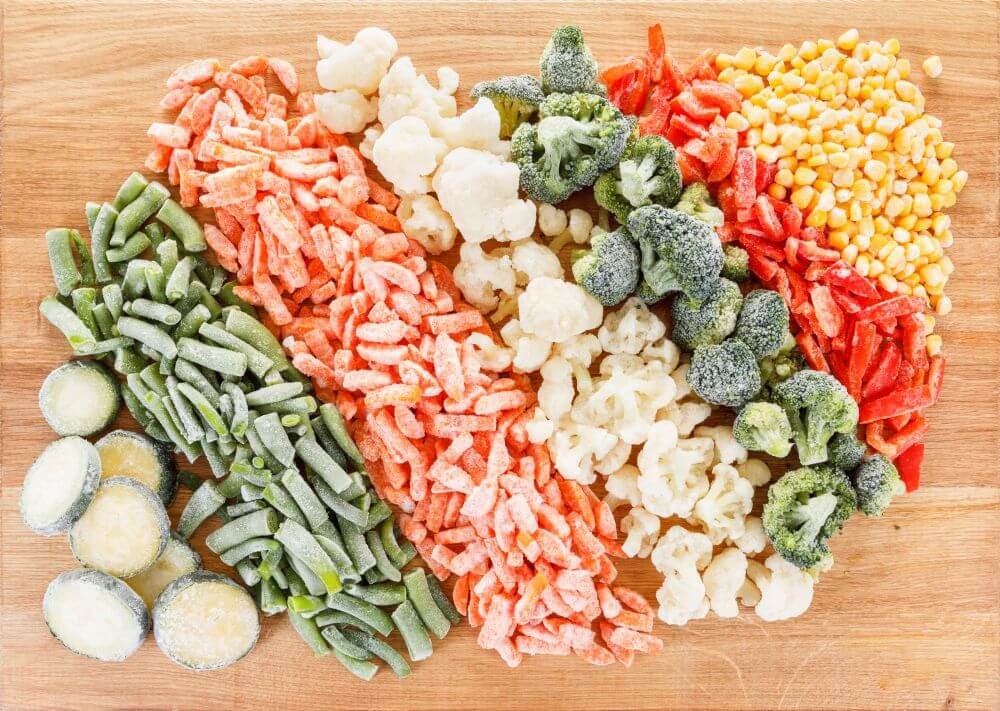Preserve Food and Get the Shelf Life Enhanced with Gases !
Preserve food with gasses is the process that is used to prevent the food from decaying and storing it to use later in the future without loss of flavor and nutrition. The process of preserving the food has been practiced for centuries and the very first technique that is used in this regard is “salting”.
With the passage of time, and technological advancements now different chemicals and gases are used to prolong the shelf life of food.
Importance of Food Preservation:
In today’s world, with ever increasing population; it is necessary to preserve the food to meet the needs of people in the future. We may face a probability of famine in the future if we don’t use preservatives to secure food for a longer period.
Perishable and semi-perishable items like vegetables, fruits, juices get spoiled rapidly and therefore it is essential to preserve them so that they may become useful in the future.
The advantages of preserving food are quintessential.
Eat Anything, Any time!
You may get a wide range of food through preserve food with gasses in every region. One could enjoy Mangoes setting in Alaska and trout in the middle of the Sahara Desert! Seasonal fresh fruits and vegetables are the blessing of mother nature. With modern preservation methods we can also enjoy the preserved food having similar nutrients as the fresh one has.
Extended Shelf Life
Many fruits and vegetables have a little shelf-life. The shelf life can be considerably increased by using the right preservatives. Sellers will also get more benefits by preserve food with gasses and selling them out of the season.
Reduction in Food Wastage
Plenty of vegetables and fruits go to squander when quantity exceeds storage capacity or storage conditions are no longer optimum. Food wastage can be significantly reduced by processing and preserve food with gasses as it will increase their shelf life.
Food Preservation with Gases:
Food is preserved mostly by adding additives, chemicals, or stabilizers in it. This extension in shelf life by using unnatural means comes at a cost sadly. From ADHD to diabetes, it has contributed to many health conditions and it also has an impact on the taste and texture of foods.
With consumers becoming more health conscious and they don’t want to consume products that are composed of a huge amount of preservatives, salts, and chemicals. Many manufacturers and exporters are now using natural ways to preserve food with gasses and prolong shelf life utilizing natural gases that are found in the earth’s environment.
Natural Preservation of Food with Gases
To avoid the molecular breakdown of a range of foods, Nitrogen, Carbon dioxide and Oxygen are being used either alone or as a mixture to prolong the shelf life.
The method of using gasses to preserve food with gasses naturally is known as MAP i.e. Modified Atmosphere Processing. The use of gas depends upon the nature of food that needs to be conserved. MAP includes altering the environment inside a compartment that the food is bundled in, supplanting it with a gas blend of Nitrogen, Oxygen, and Carbon Dioxide.
The objective is to keep up the new air at a level that will permit the food to flourish for a more drawn out period. Oxygen is being supplanted with a blend of gases in most cases since Oxygen is the fundamental guilty party in food separating and ruining.
Carbon Dioxide is most commonly used to prevent the growth of mold and bacteria and is used to achieve a longer shelf life. The steadiness of how much CO2, Nitrogen, and Oxygen to leave in a package is an inimitable recipe that should be modified according to the products being preserved.
Gases To the Rescue!
To succeed in implementing MAP, selecting a gas source that offers an advanced level of quality and service is essential. When we are talking about the value, availability, and service, not all gas producers are efficient. The effectiveness of the process will be undermined if the gas is polluted or the mixture is not right.
An unadulterated gas source and trustable gas provider is essential to guarantee that the taste and surface stay unadulterated and consistency is kept up all through the whole cycle.
Liquid Nitrogen Usage:
Liquid nitrogen is the dreary, scentless, away from the type of nitrogen with a thickness of 0.807 g/ml at its breaking point (−195.79 °C (−320 °F)). It can keep up incredibly low temperatures. Liquid nitrogen has been utilized as a freezing specialist in food arrangement and conservation in the quick freezing of nourishments, (for example, frozen yogurt), to deal with dry spices and flavors, and to quickly chill drinks in retail food and foodservice foundations.
Dry Ice Usage:
It is a hazy strong mix with a thickness of 97.5189 lb/ft3 at 78.5 °C (109.3 °F). Dry ice can keep up the incredibly low temperature just like liquid nitrogen. In circumstances where mechanical methods are inaccessible, dry ice has been utilized in the safeguarding of solidified foods.
Carbon Dioxide Usage:
One of the most significant substances involving ecological well being is Carbon Dioxide. Using Carbon dioxide as a cryogen, food can be often frozen. It is the most common gas utilized to avoid the progress of mold and bacteria and is used to attain the longer shelf life of food.
Safety Precautions for Food Preservative Gases
One had to be extra cautious in using these gases. Slight mishandling can not only cause food degradation but also pose a risk to the health of storage workers and consumers.
- Mishandling or accidentally consuming the liquid nitrogen and dry ice can cause serious harm to the skin and internal parts of the body as they have severely low temperatures. So it shouldn’t be contacted directly.
- Carbon dioxide levels of 40,000 ppm (4%) signify an immediate threat to life and wellbeing according to the National Institute for Occupational Health and Safety . Ten-hour work environment introduction limits are set at a much lower point.
- To limit food wastage, cryogenic conditions like this may likewise be utilized to keep up the quality during transportation and preceding use. Thus, it is fundamental to wellbeing and security that reliable gas checking is done all through the freezing and capacity measures.
- After some time, dried foods, including even dried organic products, create critical degrees of carbon dioxide. It is, subsequently, important for both food and health safeguarding that carbon monoxide observing is being used for the capacity of huge amounts of dried natural products, for example, in grains and bread.
A Provider that You can Trust
Gas on trade is one of the most reputable and fastest-growing trading agencies in UAE. Originally hailing from the UK we are specialized in supplying high-quality gases such as Helium, Oxygen, Carbon Dioxide along with Liquid Nitrogen and Dry Ice. Not only do we provide these top-notch products, but we also offer accessories for safe usage and our customer experience speaks for itself.
To place your orders, contact us or give us a call at +971 56 1038707.
Follow Us on Social Media Facebook & Instagrampreserve food with gasses


